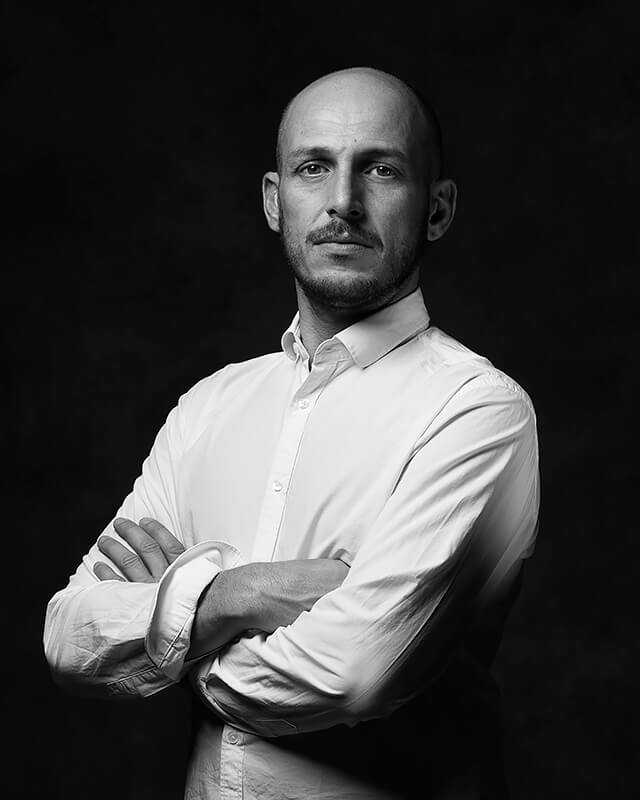Davide Monteleone is a photographer, researcher, and a National Geographic Fellow. He works on long-term project using photography video and text, exploring the relation between structures of Power and individuals.
Known for his specific interest in the post-soviet countries, he published five books: Dusha,
Russian Soul in 2007,
La Linea Inesistente, in 2009,
Red Thistle in 2012 and
Spasibo in 2013,
The April Theses, 2017. His projects have brought him numerous awards, including several
World Press Photo prizes, and grants such as the Aftermath Grant, European Publishers Award and Carmignac Photojournalism Award.
He regularly contributes for leading publications all over the world, and his projects have been presented as installations, exhibitions and screenings at festivals and galleries worldwide including the Nobel Peace Center in Oslo, Saatchi Gallery in London, MEP in Paris and Palazzo delle Esposizioni in Rome.
He is engaged with educational activities, regularly lecturing at universities and teaching workshops internationally.
Italian photographer born in 1974, member of
VU’ Agency since 2017, based in Zürich (Switzerland)
After beginning engineering studies, David Monteleone quickly turned to journalism and photography. Holding a Master research in Art and Politics from the Goldsmiths University in London, he first worked as an agency correspondent in Moscow from 2001 to 2003.
Since 2003, Davide Monteleone’s documentary photographic writing has enabled him to carry out, between Italy and Russia, numerous editorial assignments and regular collaborations with prestigious international press titles (
TIME Magazine,
The New Yorker, National Geographic, etc.).
He also develops long-term personal projects focused on social issues and conflictual relationship between Power and individuals. Particularly committed to documenting the survivals and new aspirations of the post-Soviet world, he published his first book
Dusha, Russian Soul in 2007, followed by
La Liena Inesistente in 2009,
Red Thistle in 2012,
Spasibo in 2013 , « The April Theses » in 2017 and « In The Russian East » in 2019.
In 2014, he goes beyond the borders of the post-Soviet territories and initiates a work – still in progress – about geopolitical, socio-economic, and environmental impact of the
New Silk Roads (“Yi Dai Yi Lu”) and thus about Chinese expansion on several continents.
Exhibited in many countries, his work has received prestigious awards, among which several
World Press Photo awards (2007, 2009, 2011), the
Aftermath Project award (2010), the
European Publishers Award for Photography (2011), the
European Photo Exhibition Award (2012), the
Carmignac Prize for photojournalism (2013), the
Asia Society Fellowship (2016) or the
National Geographic Storytelling Fellowship (2019-2020).
Source: VU' l'agence
